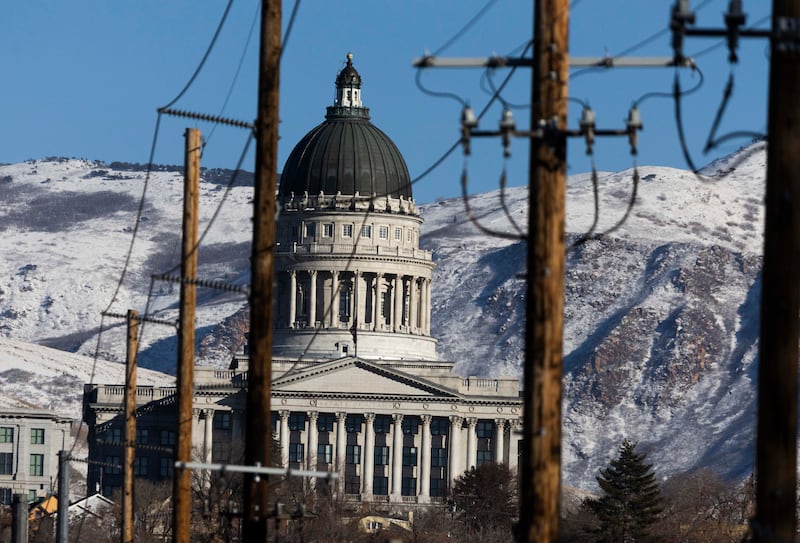For generations, Utah has been known as “the Crossroads of the West,” and, in recent years, our state has undergone an exciting amount of growth. According to Pew, between 2009 and 2023, Utah experienced the fastest median population growth rate in the United States, at 1.68% a year. By 2065, Utah County alone will add 1 million people to its population. People from across the country and the world are moving to Utah, not only for its natural beauty, but for the state’s pro-business economy.
With all the positives that come from a growing population, Utah must address one of the greatest challenges facing our state: producing reliable energy. In recent years, federal lawmakers have sought to incentivize domestic clean energy production. Tax provisions that were included in federal legislation have unleashed a new era of energy production in Utah.
Last fall, Gov. Spencer Cox launched “Operation Gigawatt,” an ambitious initiative to double Utah’s power production over the next decade. Reflecting his commitment to an all-of-the-above energy strategy, the plan leverages a diverse mix of traditional and renewable resources — including natural gas, nuclear, geothermal, solar and wind — to meet growing demand. By combining access to abundant natural assets with world-class research and innovation, Utah is positioning itself as a national leader in clean, reliable and forward-looking energy solutions.
Despite the positive impact that these tax credits have on Utah’s energy independence and economy, some lawmakers in Washington, D.C., have proposed eliminating them in the reconciliation package now under consideration in Congress. What may seem like an easy way to generate revenue will cost Americans more in the long run. Not only will states like Utah push the limits of their current energy infrastructure, but consumers will also experience an immediate increase in the cost of utilities.
Utah is not the only state that would be negatively impacted by eliminating energy tax credits. Last month, Sen. John Curtis sent a letter with some of his Republican colleagues from Alaska, Kansas and North Carolina to Senate Leader John Thune about this issue. The letter highlights the ways that these tax credits have empowered the growth of the clean energy sector, and how getting rid of these credits would “weaken our position as a global energy leader.”
SunRun, a major employer in Utah, exemplifies how clean energy tax credits can drive economic growth and energy innovation. The company’s investments in solar technology and distribution not only create local jobs but also help increase America’s energy independence. If Congress moves forward with cutting these vital tax credits, it would impact companies like SunRun that are at the forefront of building a more sustainable and secure energy future for Utah and the nation.
Utah is fortunate to have leaders in Washington, D.C., like Sen. John Curtis, who understand the need for investments to drive a clean energy future. Our state’s continued growth is reliant on our ability to provide reliable, affordable energy to everyone who wants to call Utah home. Let’s not squander this opportunity; we must protect clean energy tax credits.

